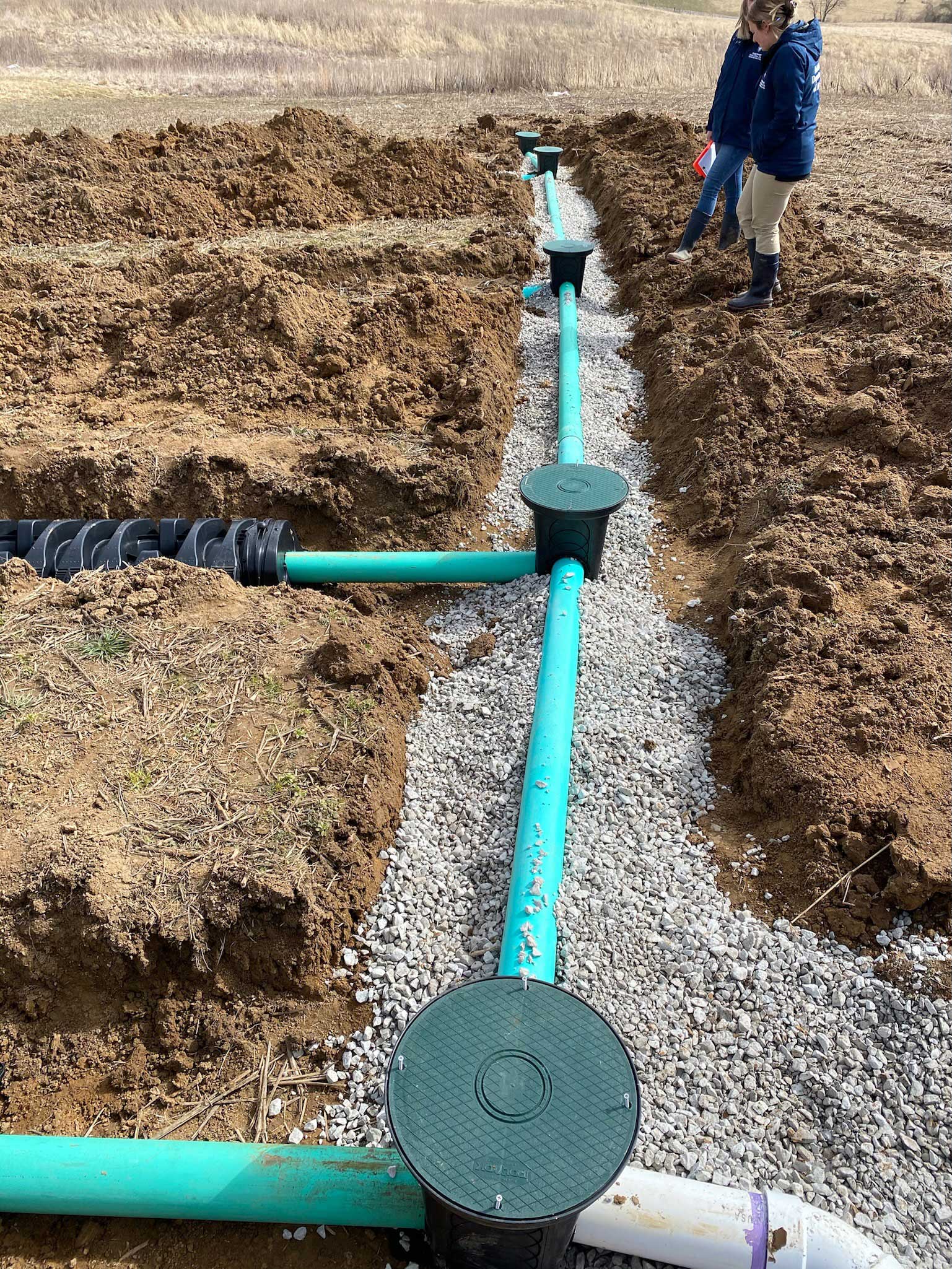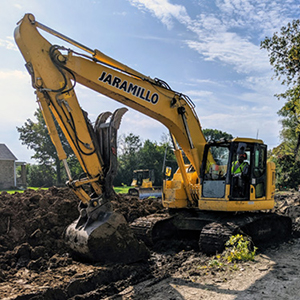Economical Lancaster Excavation - Quality Excavation at Competitive Prices
Wiki Article
Unveiling the Art of Excavation: Pro Tips for Safe and Productive Excavating
As dirt is transformed and earth is relocated, the complexities of excavation reveal themselves, requiring an eager understanding of tools, soil structure, safety and security methods, and environmental considerations. The know-how needed to browse these components efficiently can indicate the distinction in between a successful excavation project and a prospective catastrophe.Relevance of Appropriate Tools
To make sure the safety and security and effectiveness of any kind of excavation job, making use of the proper equipment is vital. The right devices not only improve productivity yet likewise reduce threats connected with digging. Excavation jobs differ in range and complexity, varying from small property landscape design tasks to large-scale building and construction tasks. Despite the task size, having the proper equipment can make a substantial distinction in the result.Excavators are fundamental items of machinery in any kind of excavating operation. These versatile machines come in numerous dimensions to suit various project requirements. Mini excavators are optimal for smaller tasks, while larger excavators deal with much more considerable projects effectively. Backhoes are an additional necessary tools kind, incorporating the features of a loader and an excavator in one equipment. They are important for jobs calling for versatility and ability to move.
Excavators excel in tasks that call for pressing huge amounts of dirt or debris. By spending in the ideal devices, excavation projects can be completed safely, on time, and with precision.
Comprehending Dirt Make-up
A thorough grasp of soil structure is basic for performing excavation jobs with accuracy and safety and security. Comprehending the different kinds of dirt is vital as it straight impacts excavation approaches, equipment choice, and general task efficiency. Soil structure commonly contains four primary components: sand, silt, clay, and raw material. Each component has distinct residential properties that influence just how dirt reacts to excavation procedures.Sand bits are the biggest and give excellent drain yet supply little cohesion. Silt bits are smaller than sand yet larger than clay, using modest drain and cohesion. Clay fragments are the smallest and offer high communication but inadequate water drainage. Organic issue, such as decaying plant material, impacts soil fertility and security.
Before beginning excavation, performing soil examinations to establish its make-up and characteristics is crucial. This information assists in picking the ideal devices, implementing precaution, and establishing excavation methods customized to the particular soil conditions - lancaster trenching. By recognizing dirt structure, excavation specialists can boost job outcomes while ensuring safety and adherence to ideal techniques
Safety And Security Measures and Procedures
Comprehending dirt structure is the keystone upon which precaution and methods for excavation jobs are constructed, guaranteeing the well-being of workers and the success of the endeavor. When it pertains to safety and security during excavation, there are several crucial steps that must be implemented to mitigate risks and avoid crashes.Most importantly, prior to any type of excavating starts, an extensive inspection of the website ought to be conducted to determine any potential threats such as below ground utilities, unstable dirt conditions, or close-by structures that can position a danger. It is vital to have a competent individual supervise the excavation process to make sure that all safety and security methods are followed purely.
Furthermore, all employees involved in the excavation must be correctly educated in risk-free digging practices and the correct procedure of equipment. By sticking to these safety procedures and procedures, excavation tasks can be completed effectively and without occurrence.
Reliable Excavation Planning
When getting started on an excavation project, careful planning is vital to make certain efficiency, safety, and effective results. Efficient excavation preparation involves several essential actions that are important for the smooth implementation of the job.When the site evaluation is full, the following action is to produce a clear timeline and routine for the excavation tasks. This includes identifying the series of tasks, tools needs, and workforce allowance. Proper click here for more organizing helps stay clear of delays and ensures that the task stays on track.

In addition, interaction amongst all staff member is extremely important throughout the preparation stage. Clear directives, regular updates, and reliable coordination are essential for an effective excavation task. By spending effort and time in meticulous preparation, excavation groups can substantially improve performance, decrease dangers, and achieve effective end results.

Handling Environmental Factors To Consider
With boosting emphasis on ecological sustainability in construction techniques, managing ecological factors to consider has ended up being an important element of excavation tasks. Excavation tasks have the potential to influence the surrounding setting through dirt disintegration, debris overflow, environment disturbance, and contamination of water resources. To mitigate these risks, it is essential to carry out best practices that prioritize ecological security.
Moreover, correct waste monitoring is essential to avoid soil and water contamination. Executing procedures for the disposal of unsafe materials, recycling of waste products, and decreasing making use of hazardous chemicals can significantly minimize the ecological impact of excavation projects. By incorporating these practices into excavation planning and execution, building and construction business can make sure that their tasks are not only secure and productive however likewise eco accountable.
Verdict
To conclude, grasping the art of excavation requires a detailed understanding of appropriate tools, soil structure, security steps, and reliable planning. By following these guidelines and taking into consideration environmental variables, check out this site excavations can be performed safely and efficiently. It is important to focus on security and efficiency in every digging project to ensure successful end results.As Recommended Site dirt is transformed and earth is relocated, the ins and outs of excavation disclose themselves, demanding a keen understanding of equipment, soil make-up, security methods, and environmental factors to consider.To make sure the security and effectiveness of any excavation project, using the ideal tools is vital.A comprehensive understanding of soil structure is fundamental for executing excavation jobs with accuracy and safety and security. Recognizing the various types of dirt is important as it directly influences excavation techniques, tools option, and overall task effectiveness. By understanding soil composition, excavation experts can boost project end results while guaranteeing safety and adherence to ideal techniques.
Report this wiki page